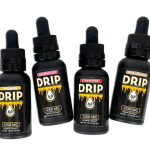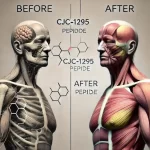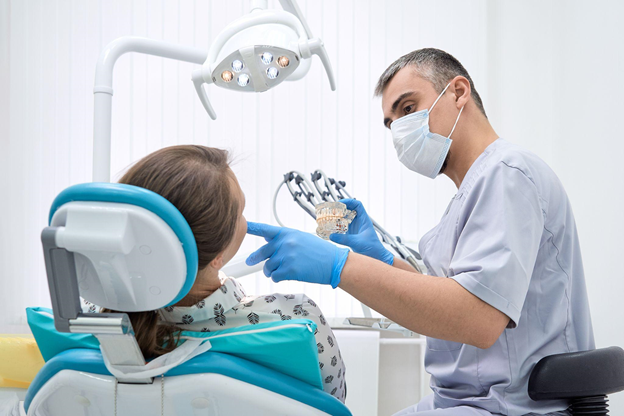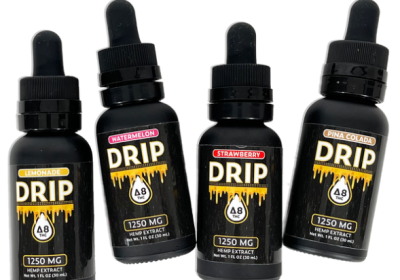
Treat Pigmentation on Face for a Flawless Complexion
Achieving a flawless complexion is a goal many strive for, and treating pigmentation on the face is a crucial step in this journey. Facial pigmentation, characterized by dark spots or patches, can be frustrating and impact one’s confidence. This comprehensive guide delves into the causes of pigmentation on the face and explores the most effective treatments available in Singapore. By understanding these elements, you can take informed steps toward a clear, radiant complexion.
Causes of Pigmentation on the Face
Understanding the root causes of facial pigmentation is essential in selecting the appropriate treatment. Here are the primary culprits behind this common skin concern:
Sun Exposure
Sun exposure is one of the most significant factors contributing to pigmentation on the face. Ultraviolet (UV) rays stimulate melanocytes, the cells responsible for producing melanin, leading to the formation of dark spots. Prolonged sun exposure without adequate protection accelerates this process, resulting in uneven skin tone and hyperpigmentation.
Hormonal Changes
Hormonal fluctuations, particularly during pregnancy (known as melasma), can lead to pigmentation issues. The increase in estrogen and progesterone levels can trigger excess melanin production, causing dark patches on the face. Hormonal pigmentation often appears symmetrically on the cheeks, forehead, and upper lip.
Inflammation and Injury
Post-inflammatory hyperpigmentation (PIH) occurs when the skin darkens after an injury or inflammation. This can happen due to acne, cuts, burns, or other skin trauma. The skin responds to injury by producing more melanin, leading to dark spots that can persist long after the initial wound has healed.
Genetic Predisposition
Genetics also play a significant role in facial pigmentation. Individuals with darker skin tones are more prone to pigmentation issues due to the higher melanin content in their skin. Additionally, a family history of pigmentation problems can increase the likelihood of developing similar conditions.
Aging
As we age, our skin undergoes various changes, including the appearance of age spots or liver spots. These dark patches result from prolonged UV exposure over the years, combined with the natural aging process. The skin’s ability to regenerate and repair itself diminishes with age, making pigmentation more pronounced.
Effective Treatments for Pigmentation on Face in Singapore
Addressing pigmentation on the face requires a tailored approach, considering the underlying causes and individual skin type. Here are some of the most effective non-surgical treatments available in Singapore:
Topical Treatments
Topical treatments are often the first line of defense against pigmentation. These include:
Hydroquinone
Hydroquinone is a potent skin-lightening agent that inhibits melanin production. It’s effective for treating various forms of hyperpigmentation and is available in different strengths. It’s crucial to use hydroquinone under the guidance of a dermatologist to avoid potential side effects.
Retinoids
Retinoids, derived from vitamin A, accelerate cell turnover and promote the shedding of pigmented skin cells. They also enhance the penetration of other topical treatments, making them more effective in reducing pigmentation.
Vitamin C
Vitamin C is a powerful antioxidant that brightens the skin and inhibits melanin production. Regular use of vitamin C serums can help fade dark spots and improve overall skin tone.
Chemical Peels
Chemical peels involve applying a solution to the skin to exfoliate the top layers, promoting new, evenly pigmented skin. Various types of chemical peels can address pigmentation issues:
Glycolic Acid Peels
Glycolic acid peels are effective for treating mild pigmentation by exfoliating the outermost skin layer. They stimulate collagen production and improve skin texture.
TCA Peels
Trichloroacetic acid (TCA) peels are more potent and can address deeper pigmentation issues. They penetrate the skin layers more effectively, promoting significant skin renewal.
Laser Treatments
Laser treatments are highly effective for targeting pigmentation on the face. Different lasers work by breaking down melanin deposits, allowing the body to eliminate them naturally. One of the most popular laser treatments in Singapore is the Pico Laser.
Pico Laser
Pico Laser technology uses ultra-short pulses to shatter pigmented particles without damaging surrounding tissue. This non-invasive treatment is suitable for various types of pigmentation, including sunspots, melasma, and PIH. Pico Laser treatments are relatively quick, with minimal downtime, making them a convenient option for busy individuals.
Intense Pulsed Light (IPL)
IPL therapy uses broad-spectrum light to target pigmentation. The light energy is absorbed by the pigmented cells, breaking them down and reducing their appearance. IPL is effective for treating sun-induced pigmentation and improving overall skin tone.
Microdermabrasion
Microdermabrasion is a mechanical exfoliation technique that removes the outermost layer of dead skin cells. This treatment can help improve the appearance of pigmentation by promoting new skin cell growth and enhancing the effectiveness of topical treatments.
Key Considerations for Treating Pigmentation
When addressing pigmentation on the face, it’s essential to consider the following points to ensure optimal results:
Consistency and Patience
Pigmentation treatments require consistency and patience. Results are not immediate and often take several weeks to months to become noticeable. Sticking to the recommended treatment regimen is crucial for achieving the desired outcome.
Sun Protection
Sun protection is paramount in preventing further pigmentation and maintaining treatment results. Use a broad-spectrum sunscreen with at least SPF 30 daily, even on cloudy days. Reapply every two hours if you are outdoors.
Professional Guidance
Seeking professional guidance from a dermatologist or skin specialist is vital. They can accurately diagnose the type of pigmentation and recommend the most suitable treatments based on your skin type and condition.
Customized Treatment Plans
Customized treatment plans tailored to individual needs yield the best results. Combining different treatments, such as topical agents, chemical peels, and laser therapies, can effectively address various pigmentation issues.
Lifestyle Factors
Incorporating healthy lifestyle habits can support pigmentation treatments. A balanced diet rich in antioxidants, staying hydrated, and avoiding smoking can enhance skin health and improve treatment outcomes.
Conclusion
Treating pigmentation on the face for a flawless complexion involves a multifaceted approach, addressing the underlying causes and selecting the appropriate treatments. In Singapore, a range of non-surgical treatments, including topical agents, chemical peels, and advanced laser therapies like Pico Laser, offer effective solutions for pigmentation issues. Consistency, sun protection, and professional guidance are key to achieving and maintaining a clear, radiant complexion. By understanding the intricacies of pigmentation and exploring these advanced treatments, you can confidently embark on your journey toward flawless skin.


















